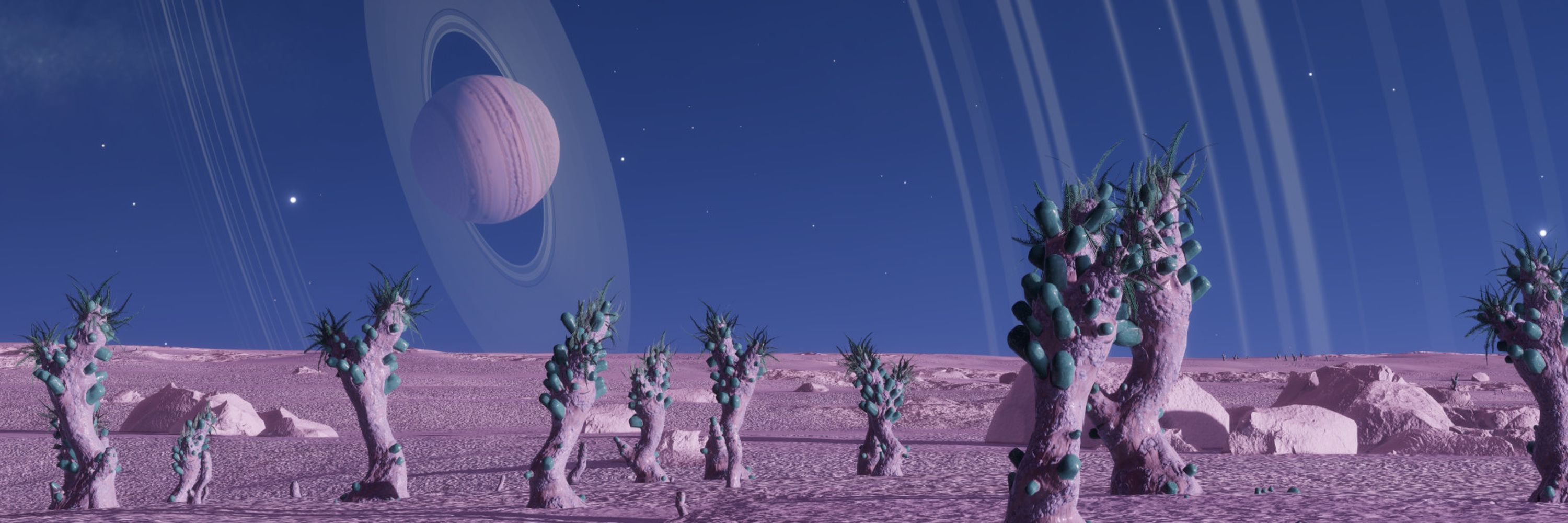
https://discord.gg/cTeR8YpGGz
https://edastro.com/gec
Icy moon with atmosphere orbiting really close to its parent gas giant, providing a great view from its surface.
Explorer Rating: 3.5 stars, 18 Votes
#elitedangerous @frontierdev

Icy moon with atmosphere orbiting really close to its parent gas giant, providing a great view from its surface.
Explorer Rating: 3.5 stars, 18 Votes
#elitedangerous @frontierdev
A significant human controlled system in the Merope bubble that also hosts an active Thargoid surface site.
Explorer Rating: 3.94 stars, 16 Votes
#elitedangerous @frontierdev

A significant human controlled system in the Merope bubble that also hosts an active Thargoid surface site.
Explorer Rating: 3.94 stars, 16 Votes
#elitedangerous @frontierdev
A rare Hot Thin Silicate Vapour atmosphere landable body, with a class M red dwarf star dominating its sky.
Explorer Rating: 3.22 stars, 23 Votes
#elitedangerous @frontierdev

A rare Hot Thin Silicate Vapour atmosphere landable body, with a class M red dwarf star dominating its sky.
Explorer Rating: 3.22 stars, 23 Votes
#elitedangerous @frontierdev
A rich planetary nebula, and former home of the DSSA Inverness.
Explorer Rating: 3.37 stars, 19 Votes
#elitedangerous @frontierdev

A rich planetary nebula, and former home of the DSSA Inverness.
Explorer Rating: 3.37 stars, 19 Votes
#elitedangerous @frontierdev
The record holder for highest gravity landable planet, at 45 g.
Explorer Rating: 4.19 stars, 26 Votes
#elitedangerous @frontierdev

The record holder for highest gravity landable planet, at 45 g.
Explorer Rating: 4.19 stars, 26 Votes
#elitedangerous @frontierdev
Three clusters of systems, each housing a different type of Anomalies.
Explorer Rating: 4.24 stars, 25 Votes
#elitedangerous @frontierdev

Three clusters of systems, each housing a different type of Anomalies.
Explorer Rating: 4.24 stars, 25 Votes
#elitedangerous @frontierdev
This system harbors Gigantor, the largest currently known landable planet (with a radius of 28,878 km) in the galaxy. It also features an atmospheric world relatively close to a ringed brown dwarf.
Explorer Rating: 3.61 stars, 18 Votes
#elitedangerous @frontierdev

This system harbors Gigantor, the largest currently known landable planet (with a radius of 28,878 km) in the galaxy. It also features an atmospheric world relatively close to a ringed brown dwarf.
Explorer Rating: 3.61 stars, 18 Votes
#elitedangerous @frontierdev
A metal-rich body with a landable Hot Thin Silicate Vapour atmosphere bearing life.
Explorer Rating: 4.14 stars, 37 Votes
#elitedangerous @frontierdev

A metal-rich body with a landable Hot Thin Silicate Vapour atmosphere bearing life.
Explorer Rating: 4.14 stars, 37 Votes
#elitedangerous @frontierdev
Landable Metal Rich Body B 1 with an orbital period of 3.7 hours is only 1.68 ls away from its parent flare-active class M dwarf star.
Explorer Rating: 3.53 stars, 19 Votes
#elitedangerous @frontierdev
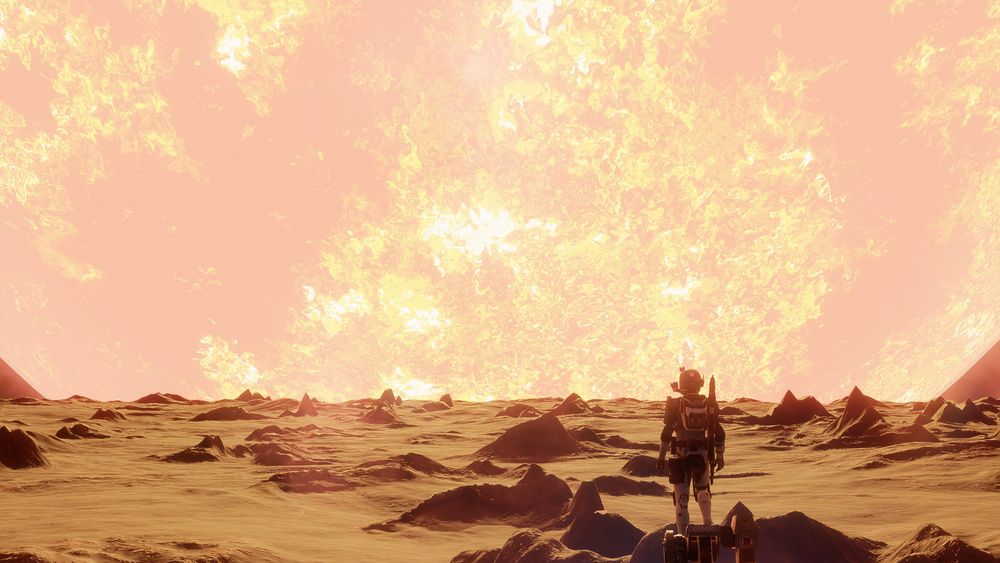
Landable Metal Rich Body B 1 with an orbital period of 3.7 hours is only 1.68 ls away from its parent flare-active class M dwarf star.
Explorer Rating: 3.53 stars, 19 Votes
#elitedangerous @frontierdev
A famous expedition destination, which used to be the farthest reachable system from Sol, from 3300 to 3302.
Explorer Rating: 4.32 stars, 22 Votes
#elitedangerous @frontierdev

A famous expedition destination, which used to be the farthest reachable system from Sol, from 3300 to 3302.
Explorer Rating: 4.32 stars, 22 Votes
#elitedangerous @frontierdev
A pair of ringed neutron stars, one fully lit and the other in darkness.
Explorer Rating: 3.91 stars, 23 Votes
#elitedangerous @frontierdev

A pair of ringed neutron stars, one fully lit and the other in darkness.
Explorer Rating: 3.91 stars, 23 Votes
#elitedangerous @frontierdev
A ringed Class I Green Gas Giant with several maroon stripes and vivid green streaks. There are also 6 landable moons and a tritium hotspot.
Explorer Rating: 4.04 stars, 23 Votes
#elitedangerous @frontierdev

A ringed Class I Green Gas Giant with several maroon stripes and vivid green streaks. There are also 6 landable moons and a tritium hotspot.
Explorer Rating: 4.04 stars, 23 Votes
#elitedangerous @frontierdev
Two class III gas giants collide in this system approximately every 29 days. So named because it is more regular than the other colliding gas giants, Rhubarb and Custard.
Explorer Rating: 4.05 stars, 20 Votes
#elitedangerous @frontierdev

Two class III gas giants collide in this system approximately every 29 days. So named because it is more regular than the other colliding gas giants, Rhubarb and Custard.
Explorer Rating: 4.05 stars, 20 Votes
#elitedangerous @frontierdev
An icy ringed landable moon orbiting a wide ringed Class I gas giant at a near perpendicular angle, to create a stunning view from both the surface and close orbit.
Explorer Rating: 3.63 stars, 19 Votes
#elitedangerous @frontierdev

An icy ringed landable moon orbiting a wide ringed Class I gas giant at a near perpendicular angle, to create a stunning view from both the surface and close orbit.
Explorer Rating: 3.63 stars, 19 Votes
#elitedangerous @frontierdev
A large nebula with Parasol Molluscs in the Notable Stellar Phenomena signals around it.
Explorer Rating: 3.88 stars, 17 Votes
#elitedangerous @frontierdev
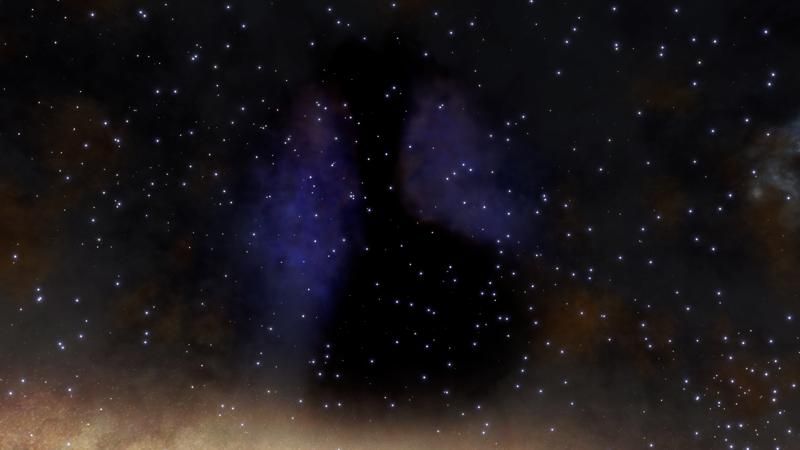
A large nebula with Parasol Molluscs in the Notable Stellar Phenomena signals around it.
Explorer Rating: 3.88 stars, 17 Votes
#elitedangerous @frontierdev
The twins are icy bodies that collide approximately every two years and remain conjoined for 24 hours. Named after Giacomo and Giovanni Battista Tocci, conjoined twins from 19th Century Italy.
Explorer Rating: 3.47 stars, 19 Votes
#elitedangerous @frontierdev

The twins are icy bodies that collide approximately every two years and remain conjoined for 24 hours. Named after Giacomo and Giovanni Battista Tocci, conjoined twins from 19th Century Italy.
Explorer Rating: 3.47 stars, 19 Votes
#elitedangerous @frontierdev
A thin oxygen atmosphere moon on a mighty eccentric orbit around a ringed Class Y dwarf star.
Explorer Rating: 3.36 stars, 14 Votes
#elitedangerous @frontierdev

A thin oxygen atmosphere moon on a mighty eccentric orbit around a ringed Class Y dwarf star.
Explorer Rating: 3.36 stars, 14 Votes
#elitedangerous @frontierdev
This is the only known area in the galaxy containing Void Hearts and their Octahedral Pods, as of March 3309.
Explorer Rating: 4.59 stars, 22 Votes
#elitedangerous @frontierdev

This is the only known area in the galaxy containing Void Hearts and their Octahedral Pods, as of March 3309.
Explorer Rating: 4.59 stars, 22 Votes
#elitedangerous @frontierdev
The Blue Garden is an icy moon (4 b) in the vicinity of the Spirit Nebula, with a peculiar sunset, flora and rings.
Explorer Rating: 3.68 stars, 19 Votes
#elitedangerous @frontierdev
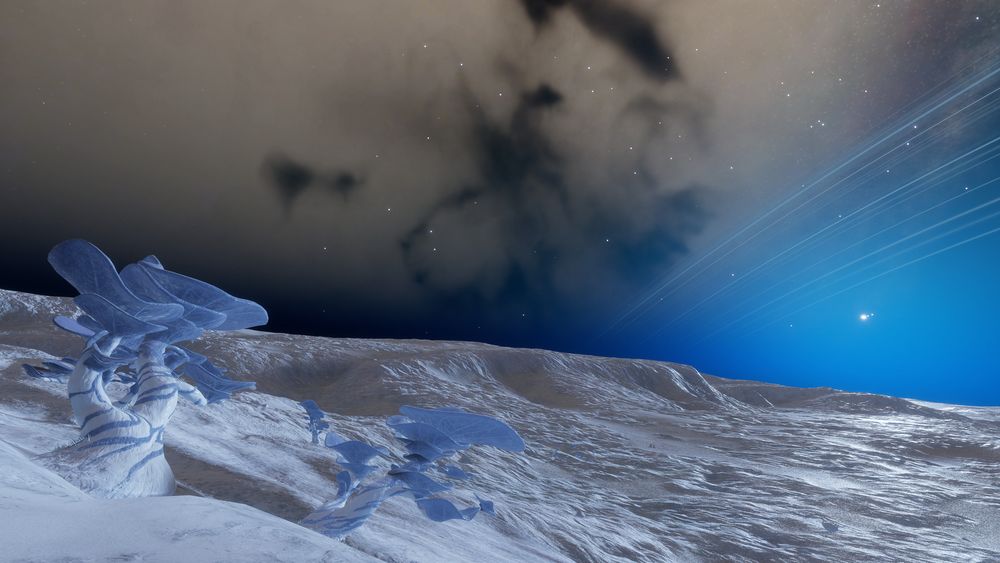
The Blue Garden is an icy moon (4 b) in the vicinity of the Spirit Nebula, with a peculiar sunset, flora and rings.
Explorer Rating: 3.68 stars, 19 Votes
#elitedangerous @frontierdev
A landable thin atmospheric HMC planet that, at 12 ls away, has the closest orbit to a black hole, as of 2022-08-28, and also the second-shortest rotation of an atmospheric body.
Explorer Rating: 3.39 stars, 18 Votes
#elitedangerous @frontierdev

A landable thin atmospheric HMC planet that, at 12 ls away, has the closest orbit to a black hole, as of 2022-08-28, and also the second-shortest rotation of an atmospheric body.
Explorer Rating: 3.39 stars, 18 Votes
#elitedangerous @frontierdev
A Class IV Green Gas Giant with vivid bands of green clouds, the first one to be discovered in a proto-star system. Also the youngest, only 2 million years old.
Explorer Rating: 4.56 stars, 18 Votes
#elitedangerous @frontierdev

A Class IV Green Gas Giant with vivid bands of green clouds, the first one to be discovered in a proto-star system. Also the youngest, only 2 million years old.
Explorer Rating: 4.56 stars, 18 Votes
#elitedangerous @frontierdev
Close, binary, ringed Earth-like worlds.
Explorer Rating: 3.86 stars, 21 Votes
#elitedangerous @frontierdev

Close, binary, ringed Earth-like worlds.
Explorer Rating: 3.86 stars, 21 Votes
#elitedangerous @frontierdev
NGC 3199 is an emission nebula that was created by the now lost Wolf-Rayet star WR 18. It houses Bullet Molluscs and Guardian ruins.
Explorer Rating: 3.83 stars, 18 Votes
#elitedangerous @frontierdev

NGC 3199 is an emission nebula that was created by the now lost Wolf-Rayet star WR 18. It houses Bullet Molluscs and Guardian ruins.
Explorer Rating: 3.83 stars, 18 Votes
#elitedangerous @frontierdev
An abandoned research vessel which's logs contain the last records of an expedition sent to find ruins of the extinct Guardians, and a wrecked Anaconda on a less noble mission.
Explorer Rating: 3.36 stars, 14 Votes
#elitedangerous @frontierdev
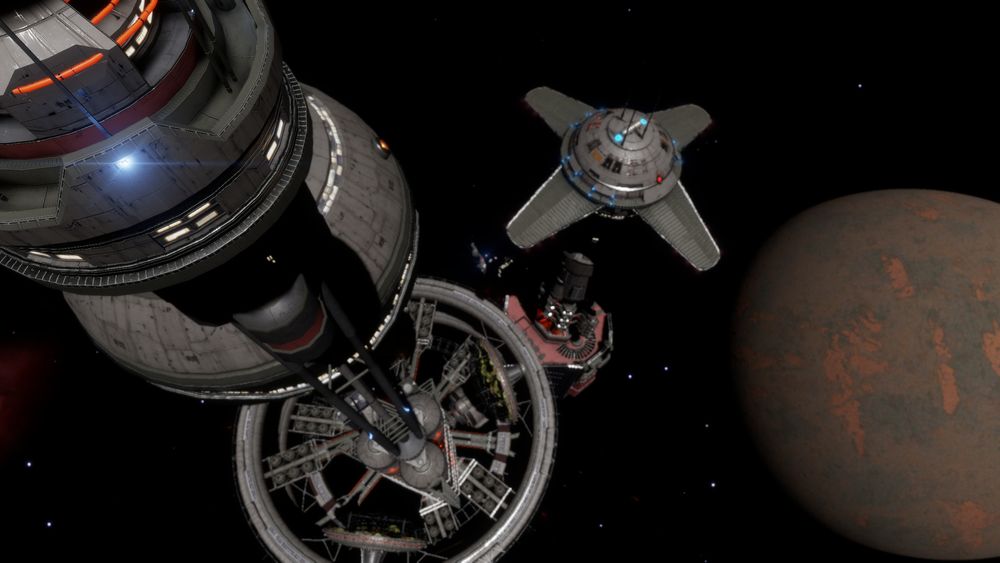
An abandoned research vessel which's logs contain the last records of an expedition sent to find ruins of the extinct Guardians, and a wrecked Anaconda on a less noble mission.
Explorer Rating: 3.36 stars, 14 Votes
#elitedangerous @frontierdev
A larger nebula hosting Purpureum Gourd Molluscs, not far from the Sol-Colonia route.
Explorer Rating: 3.75 stars, 16 Votes
#elitedangerous @frontierdev

A larger nebula hosting Purpureum Gourd Molluscs, not far from the Sol-Colonia route.
Explorer Rating: 3.75 stars, 16 Votes
#elitedangerous @frontierdev

